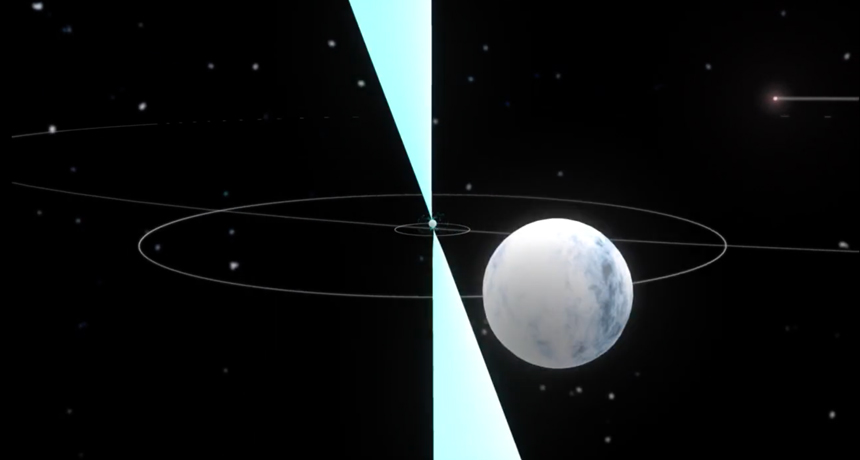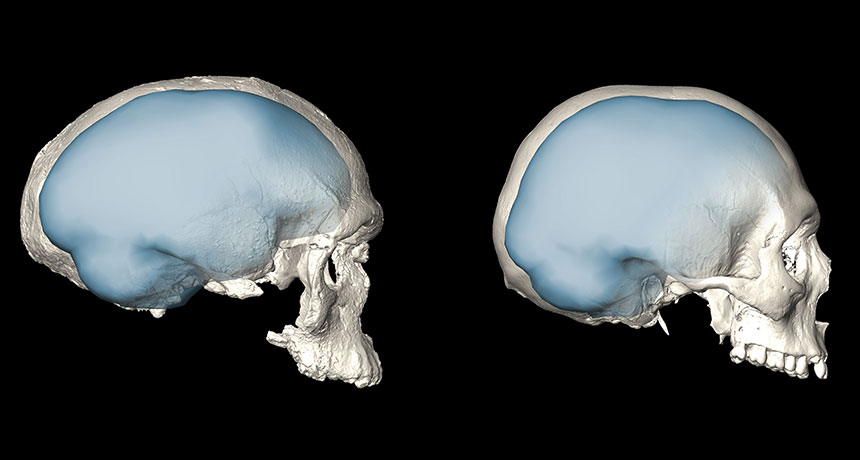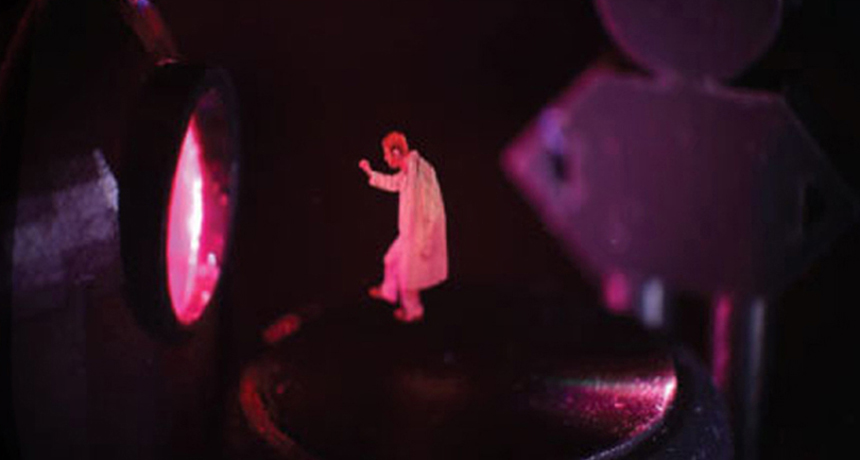West Virginia basketball coach Bob Huggins found himself embroiled in a controversy on Monday, and it's one of his own making.
The Mountaineers' terrific offseason, which saw the program land three of the top players in the transfer portal, was interrupted by Huggins' own words, potentially putting his status with the team in question.
In the arena, Huggins has been one of the most successful college basketball coaches without a national championship. He's one of six coaches with at least 900 Division I wins and has reached the Final Four at both West Virginia and Cincinnati.
The Hall of Famer is entering his 17th season as the Mountaineers' head coach, but he'll do so under a cloud.
Here's what you need to know about the controversy surrounding Huggins.
Bob Huggins controversy, explained
Huggins directed a homophobic slur at Xavier fans twice during a radio interview with Cincinnati's 700WLW on Monday.
"It was, was all those f—, those Catholic f—, I think," Huggins said as he spoke with host Bill Cunningham about an alleged incident at a game between Xavier and Cincinnati.
Huggins' comments prompted a very brief but awkward silence on the air, though Cunningham didn't seem too bothered by the slur as he kept laughing throughout the rest of the interview.
Cunningham originally had asked Huggins whether West Virginia was accepting players from Xavier in the transfer portal. Xavier was a bitter rival of Huggins during his 17 years at crosstown Cincinnati.
Huggins released a statement later Monday admitting he used a "completely insensitive and abhorrent phrase that there is simply no excuse for."
The Hall of Fame coach said he deeply apologizes and will "fully accept" any consequence for his comments.
West Virginia released a statement of its own, calling Huggins' comments "offensive" and adding that the situation is under review and will be addressed.
Xavier president Colleen Hanycz released a statement on Tuesday addressing the comments, saying the school's mission is to "prepare students for a world that is increasingly diverse, complex, and interdependent." Hanycz did not mention Huggins by name.
What did Bob Huggins say?
Huggins directed a homophobic slur at Xavier fans during a radio interview, saying "It was, was all those f—, those Catholic f—, I think," in reference to an alleged incident at a game between Xavier and Cincinnati.
The slur has cost prominent figures their jobs in the past. That includes former Reds play-by-play commentator Thom Brennaman, who was caught on a hot mic calling a certain city "one of the f— capitals of the world" during a game against the Royals in 2020.
His on-air apology became infamous for being interrupted by Nick Castellanos' untimely home run, but it wasn't enough to save his job.
Huggins has close ties to Brennaman and his father, Marty, who served as the Reds' play-by-play man for decades. Huggins had the younger Brennaman speak to his players in 2020, three months after the incident and Brennaman's subsequent exit.
While any usage of the word will spark immediate condemnation, Huggins used it while knowingly on the air, unlike Brennaman.
Will Bob Huggins be fired?
West Virginia will not fire Bob Huggins, as originally reported by ESPN's Pete Thamel. Instead, the Mountaineers coach will be suspended three games, see $1 million of his salary docked and undergo sensitivity training.
Response by West Virginia
West Virginia later confirmed Huggins would not be fired, though the university was blunt in its reprimand of Huggins' comments:
"On Monday, May 8, head men's basketball coach Bob Huggins was interviewed on a Cincinnati radio show where he used derogatory and offensive language. It was inexcusable," the statement reads. "It was a moment that unfairly and inappropriately hurt many people and has tarnished West Virginia University.
"It is also a moment that provides the opportunity for learning. A moment that can shine a light on the injustice and hate that often befall the members of our marginalized communities. While the University has never and will never condone the language used on Monday, we will use this moment to educate how the casual use of inflammatory language and implicit bias affect our culture, our community and our health and well-being."
The university all provided details on the stipulations of Huggins' return. Those include:
Huggins will be suspended for the first three regular season games of the 2023-2024 season;
His contract will be amended from a multi-year agreement to a year-by-year agreement, beginning on May 10, 2023 and ending on April 30, 2024;
Huggins' annual salary will be reduced by $1 million; the money will be donated to support WVU's LGBTQ+ Center, the Carruth Center and other state and national organizations that support marginalized communities;
Any similar incidents in the future will result in immediate termination.
Moreover, WVU's athletics department will partner with the university LGBTQ+ Center to "develop annual training sessions" to address aspects such as homophobia, transphobia, sexism, ableism and more. The training curriculum will be required of Huggins and all athletics coaching staff.
Huggins will also be required to meet with LGBTQ+ leaders from across West Virginia with the expectation of engaging in additional opportunities to support the LGBTQ+ community. He will also be expected to meet with leaders from WVU's Carruth Center to "better understand the mental health crisis facing our college students, particularly those in marginalized communities."
Huggins has also agreed to make a sizable donation to Xavier University's Center for Faith and Justice and Center for Diversity and Inclusion.
"We will never truly know the damage that has been done by the words said in those 90 seconds. Words matter and they can leave scars that can never be seen," the statement reads. "But words can also heal. And by taking this moment to learn more about another's perspective, speak respectfully and lead with understanding, perhaps the words 'do better' will lead to meaningful change for all."
Zac Al-Khateeb contributed to this report.



